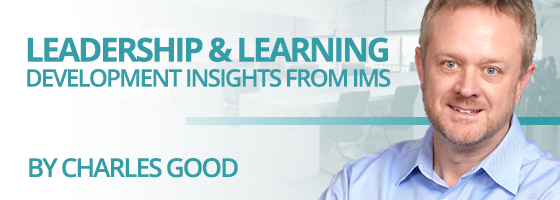As workers continue to quit their jobs in record numbers, the phenomenon known as the “The Great Resignation” continues to show no signs of going away. Another record was hit in November 2021 (latest monthly report as of Jan 2022) as 4.53 million workers quit their jobs according to the US Labor Department’s Job Opening and Labor Turnover Survey Report. This surpassed the previous record of 4.4 million workers quitting in September 2021. While employers posted 10.6 million job openings in November just below July’s all-time high. In the last six months, job openings have not gone below 10 million per month.
However, ‘The Great Resignation’ is not affecting all industries equally. The hospitality and food, retail and arts, and the health care sector have been particularly hit hard. And the reasons for quitting run the gamut, from pandemic exhaustion and burnout in the health care sector to safety concerns in highly public-facing roles in the retail and restaurant sectors.
In a recent IMS program, Dr. Beverly Kaye, provided some insight from her research as to why it is happening and what can be done to minimize its effects. Dr. Kaye states in her book, “Up is Not the Only Way” that there are options organizations can give their employees without offering more money or upward mobility. The acronym she came up with to help managers remember those options is LEVERR.
L IS FOR LATERAL
Give employees the option to make lateral moves within the organization. This cross fertilization of talent will not only benefit the employee with new skill sets and greater job security but also the organization due to less turnover and greater innovation by exposing their employees to new skills and experiences.
E IS FOR ENRICHMENT
Employees are always looking for opportunities to grow in their current role. The key is to ask the right questions to identify these enrichment opportunities such as the following: What job enhancements would make your job more satisfying?
V IS FOR VERTICAL
Every organization needs to provide vertical moves to its employees. These could take the form of new titles, more money or both. As you leverage your current skill sets to move up the corporate ladder, you want to make sure to examine the upside and potential trade-offs of this type of move.
E IS FOR EXPLORATORY
Always be exploring for new learning opportunities within your organization. This could take on many forms such as short-term assignments, being a part of a cross-sectional team or shadowing someone whose role you find fascinating. This type of horizontal growth is a way to create value and expand your knowledge while organizations benefit from having a more adaptable and agile workforce.
R IS FOR REALIGNMENT
Realignment usually means an employee will let go of certain responsibilities and sometimes salary. Perhaps the current job was not a good fit for their skills sets or a new position has opened up in an exciting part of the organization that is growing. There are several questions you can ask your employees when having this conversation, such as the following: How could this move enable you to exercise some of those underused skills that you really enjoy?
R IS FOR RELOCATION
Remember, relocation or quitting their current job still needs to be an option to consider for those who can’t find the right career fit within the organization. The ‘Great Resignation’ has a record number of people leaving their jobs; however, organizations can minimize this if they make a concerted effort to invest in a more fulfilling employee experience by making their employees feel valued.
As you can see, organizations can do a great deal to curb the effects of ‘The Great Resignation’. The six strategies identified by the acronym LEVERR are just a sampling of proven methods organizations can take to turn ‘The Great Resignation’ into the ‘Great Reengagement’. Now is the time for organizations to employ these methods and strengthen their retention strategy so they can curb this alarming trend and no longer be victims of the mass exodus.
ABOUT CHARLES GOOD
Charles Good is the president of The Institute for Management Studies, which provides transformational learning experiences that drive behavioral change and develop exceptional leaders. Charles is an innovative and resourceful leader who specializes in bringing people together to develop creative organizational and talent strategies that enable business results. His areas of expertise include assessing organizational skill gaps and leading the design, creation and delivery of high impact, innovative learning solutions that achieve business goals.

1 Comment